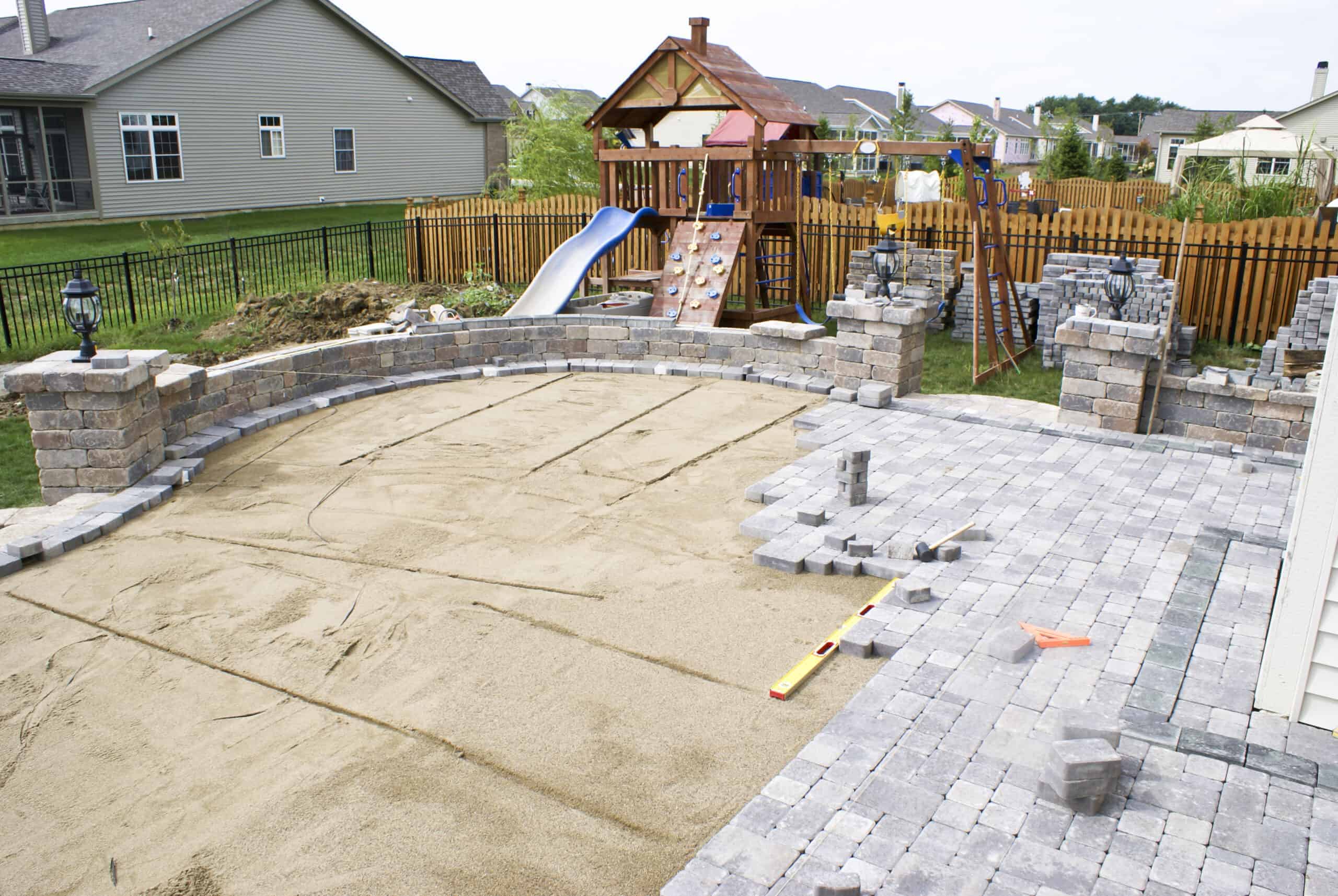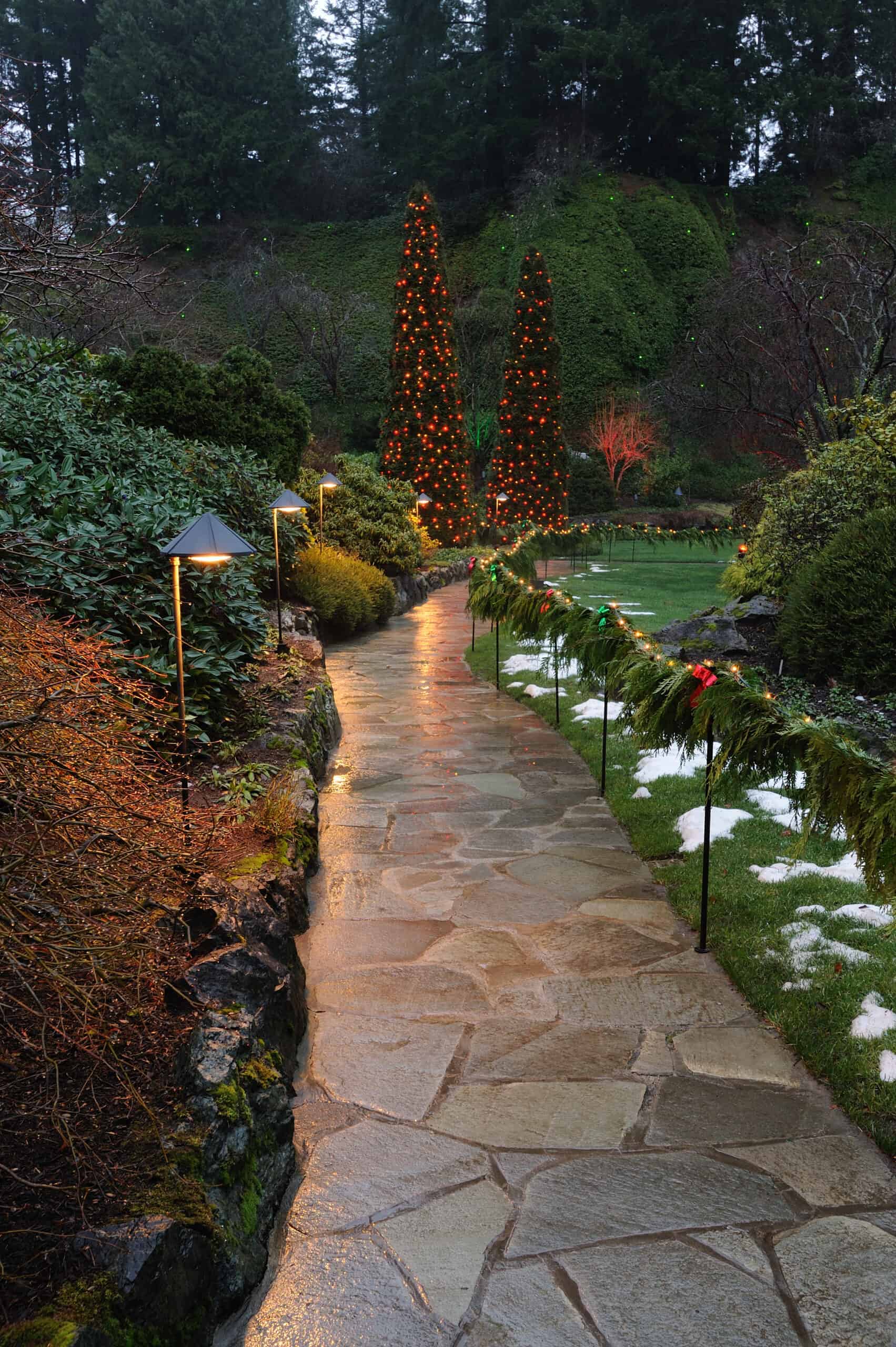Accessibility extends beyond aesthetics in landscape design. Creating inclusive outdoor living spaces means developing a layout that others can enjoy and navigate comfortably. Therefore, strategic hardscaping plays a pivotal role in achieving this goal. Hardscaped elements add practicality, functionality, and style to lawns. They involve non-living features like walkways and ramps to ensure inclusivity, ease of use, and (sometimes) entertainment. Let's examine the characteristics of accessible hardscaping to understand the principles and best practices.
The Essence of Accessible Hardscaping
Accessible landscapes break down the physical barriers and enable individuals with mobility challenges to move freely and independently within outdoor environments. Whether it's a residential yard, public park, or commercial property, offering worry-free hardscaping communicates equity. Use it to give everyone a chance to participate, regardless of physical abilities or otherwise. Designing for inclusivity begins with thoughtful planning and consideration of the needs of others. Discuss your property's layout, lighting, and safety concerns to determine what needs updating or changing. Then, hire local professionals to help structure a landscape that's easy to maintain.
Critical Components of Hardscaping for Mobility
All lawns are different. But every legitimately accessible landscape includes similar components and characteristics. Explore the options available according to climate patterns, property size, soil conditions, and other factors. Here are four more features you don't want to forget:#1. Pathways and Walkways
You can create a beautiful lawn, but it won't matter if nobody can access it. Build pathways and walkways for broad accessibility. The wider, the better. Cover surfaces with non-slip features to avoid accidents. You can remove abrupt level changes and ensure adequate landscape lighting throughout.#2. Ramps and Slopes
Incorporate ramps and gradual slopes for people with mobility limitations. Swap stairs and steep drop-offs for gentle inclines that allow guests in wheelchairs to get around. Then, install handrails for additional safety and stability.#3. Seating and Rest Areas
Design hardscaping to include seating areas, rest stops, and convenient benches. You can also install handrails and backrests to provide extra support. Accessibility begins and ends with safety, so hire professionals for installation to ensure a sturdy surface that's easy to transfer onto from a wheelchair.#4. Curb Cuts and Transitions
Cutting curbs can make a world of difference. Smooth transitions from one surface to another are critical for accessible properties, particularly those with complex landscaping and outdoor living spaces. Cub cuts at sidewalk intersections and flat thresholds at doorways can help. TIP: Install tactile warning strips and signage for wayfinding on large or intricate hardscaping.
Universality in Hardscape Design
A crucial aspect of accessible hardscaping is the concept of universal design. This concept creates usable environments for people of all ages and abilities. TX homeowners can seamlessly integrate universal design principles into existing or newly established hardscape features. Discuss how to blend concepts, retrofit, or modify your property for maximum accessibility. Here are a few ideas for inspiration:- Choose materials based on their slip resistance and texture.
- Pick contrasting textures to help those with visual impairments.
- Include features for sensory feedback.
- Use guardrails strategically to provide support and stability.
- Anchor safety features to avoid slippage and accidents.
- Install adequate lighting along pathways and critical junctions.
- Perform regular maintenance on hardscaping to repair damages.
- Remove debris from the area to prevent slips and falls.
- Research the Americans with Disabilities Act (ADA) for more information.
- Collaborate with local professionals for a customized plan.
 nikk@southernlovelandscaping.com
nikk@southernlovelandscaping.com
